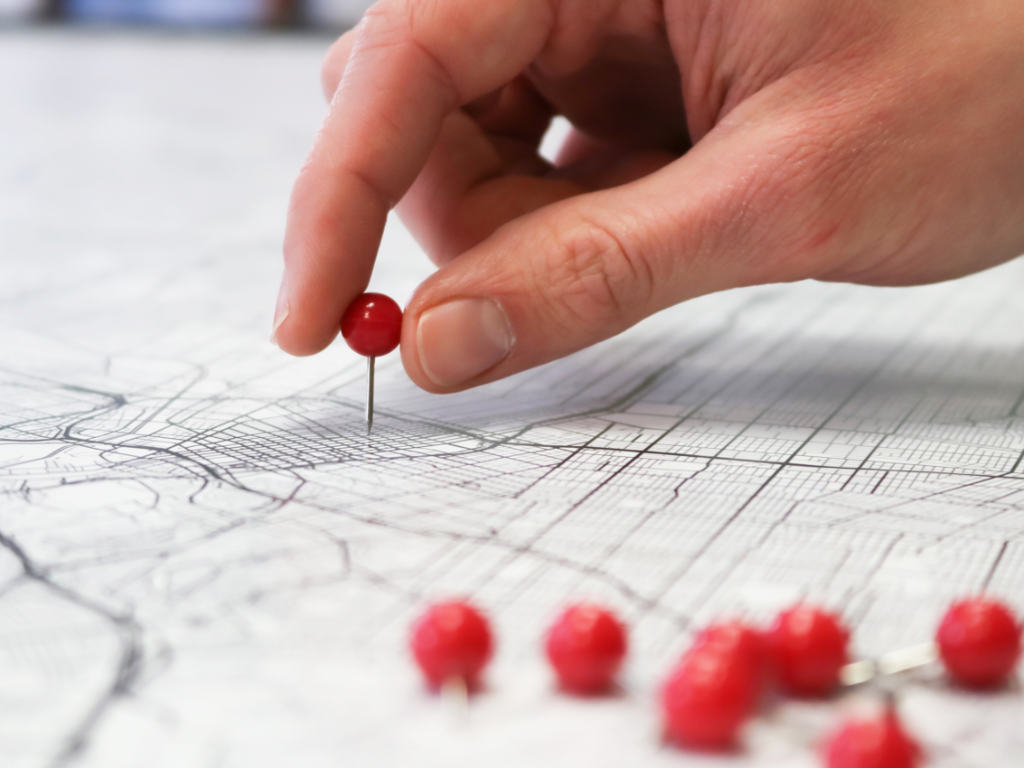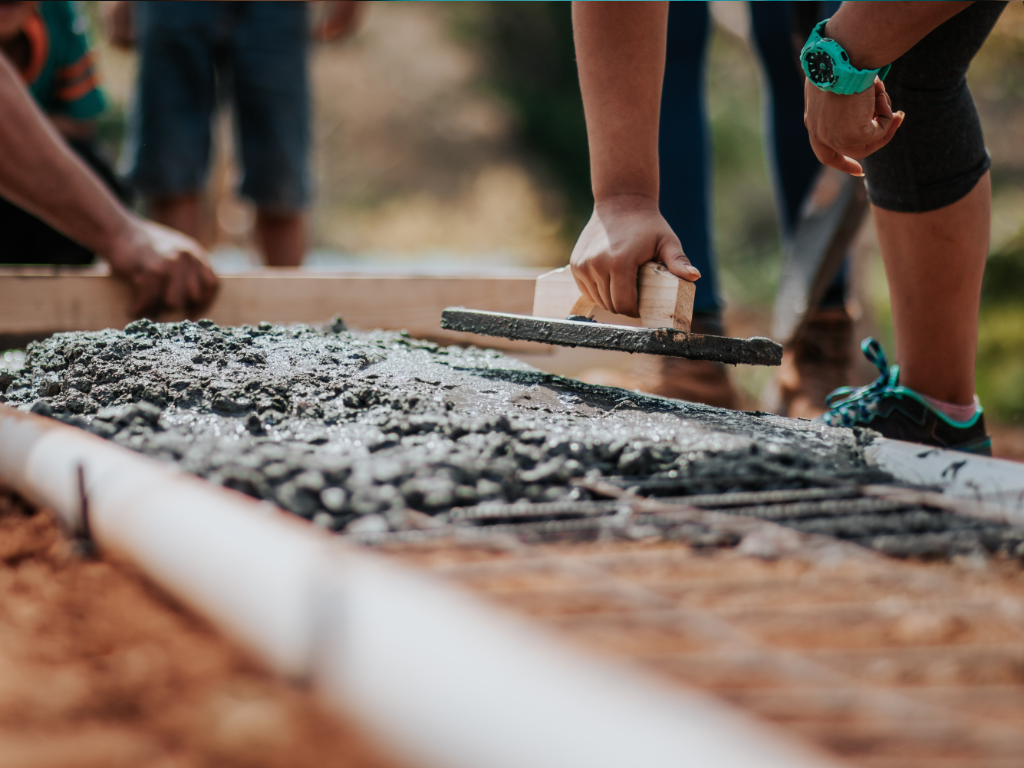As a service designer, you really are the grease in the wheel: A thin layer between the old way and a new way, between front and backstage, between users and stakeholders.
And whilst all of these present their own unique challenges, this blog focuses on stakeholders, and how we can work better with them.
A stakeholder is anyone with a stake in the project, and as a result, a say in how it progresses. Stakeholders tend to have connections and perspectives beyond the project itself, which means they can help you shape your approach and deliverable to succeed.
Stakeholders may include your manager, your manager's manager, subject matter experts from within the business and beyond, partners from other agencies or specialist groups impacted by your work. (Users and the community are generally our biggest stakeholders - but this blog is focused on those mentioned previously).
A clever designer remarked to me the other day: 'When you're a service designer, stakeholders are customers too, so you'd better treat them with the same respect'
So here are three helpful tips I've seen teams across NSW Government use to improve the way they work with stakeholders (and used effectively myself!)

1. Start on the same footing
Everyone comes to a project with their own ideas about the problem (and let's be honest, a solution too). And when those different ideas are stuck in the minds of individuals, they have the potential to come back to bite later in the project.
I start any project by getting stakeholders and the project team together and discussing the project fundamentals using the Project kick-off activity from the NSW Digital Service Toolkit.
Project Kick-off asks things like:
- What is the problem we're solving? Who are we solving it for?
- What does success look like? How will we know we're succeeding?
- What are the internal and external factors that could impact the project?
Recently, I met a new project team that'd had a few false starts, and weren't clear on exactly what to do first. I sat in as they ran the Project kick-off activity with the team and stakeholders. Just in the first step of the activity, they uncovered multiple user groups; personal, financial and practical facets of the problem; and interestingly, lived experience of the problem within the group.
By hearing everyone out, the team and stakeholders built trust and shared understanding of the problem. And through robust discussion and stakeholder guidance, the group landed on a highly-focused problem and user group to start the project.
Try out the Project kick-off activity
2. Stay on track with regular check-ins
The days of the big reveal where you wait till the end of a project to showcase your service design brilliance are gone. It's just too easy to strike out in the wrong direction, investing time effort and money into something that should have been adjusted early on.
In today's agile environment, the modus operandi is about a small moves and consistent course correction. And regular stakeholder check-ins are one of the best ways to do this.
Pre-pandemic, I got to know a specialist NSW Government design team that would invite stakeholders into their war-room and share key findings and potential actions every fortnight. It was a chance for stakeholders to dive in, make informed recommendations and feel comfortable about where the project was at.
The regular stakeholder endorsement meant the team was always moving forward with confidence (and could deal with any curly questions from 3rd parties). The check-ins also meant they identified and navigated challenges from beyond the project, uncovered new opportunities and earned valuable stakeholder buy in.
The Stakeholder update presentation is a template that follows the same structure as the high-performing design team. It:
- Realigns the group on the problem space
- Presents critical findings
- Lays out decision points
- Articulates next steps
It's become an invaluable resource within our team, and enhanced the value and buy-in we get out of our stakeholders.
Try out the Stakeholder update presentation

3. Make discussions and decisions high-value
When you find yourself deep in a highly-subjective discussion about some tiny design element, it can be hard to dig your way out. And when you've only got a short window of time with stakeholders, these discussions mean the important strategic decisions never get made. It sucks.
That's why agreeing on design fundamentals is critical (and why, when you're designing a digital thing, using a design system is invaluable).
The NSW Design System (or any design system really) does more than shortcut the path to quality, consistent experiences. When you get stakeholder endorsement for a design system upfront, all those finnicky, low value conversations are off the table as you prototype and build.
During some recent research, we spoke to a NSW Government designer who'd dedicated time early in the project to explain the NSW Design System to stakeholders - specifically what it is, how others are using it and the savings in time and effort it will give the team.
The result - high-value stakeholder discussions that focused on the user needs and the way the experience could better deliver outcomes.
Try out the NSW Design System
Any relationship takes work, we know that. But few are as fruitful as fostering great stakeholder relationships. It makes work faster, more focused, and ultimately helps all of us deliver better services to the NSW community. Go get 'em.
Got more ideas on creating great stakeholder relationships?
Share yours with other NSW service designers in the community forum.